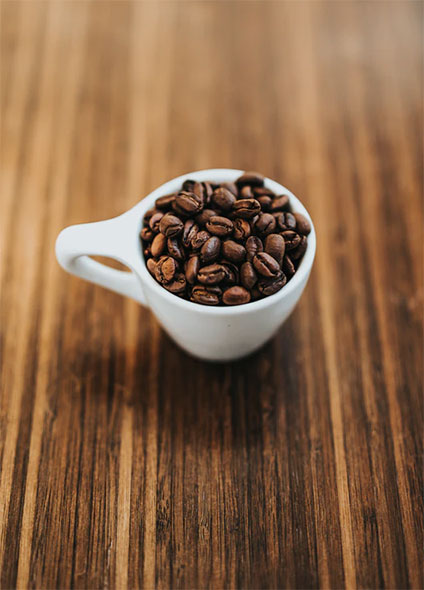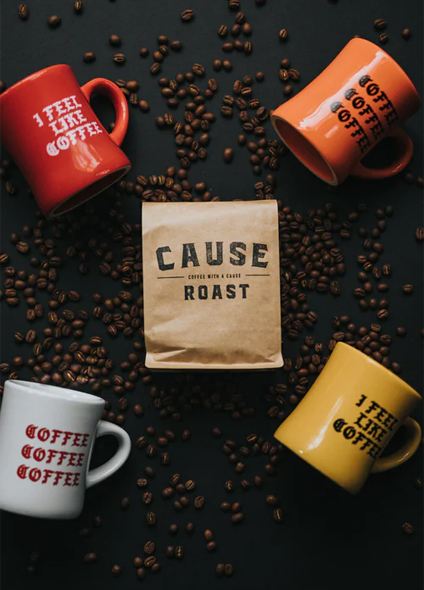Is home blending possible?

Blending coffee and blending is one of the key aspects of the coffee world - how much can it be done by an amateur?
Blending, that is, the mixing of different varieties that create what we call a "blend" is an extremely old affair in the coffee world, especially if we consider that the first coffee blend ever created dates back to the 17th century, when merchants of the time decided to mix the coffee beans from Yemen's Moka with the more exotic beans from Java Indonesia. Since then, blending is a process almost identical to coffee, especially espresso.
Why to blend?
Coffee blends are created for many reasons. One key reason that drives big companies to create coffee blends is that with careful blending, we can highlight some desired features and control unwanted ones. If a coffee has particular and intense aromas but at the same time excessive acidity, blending can reduce the acidity and result in the final result with these aromas. Still, the final result of the blends is usually more balanced, as a blend combines coffees with different characteristics (body, aroma, acidity) to make the final result more "round". Finally, we must not forget that coffee is a natural product, so depending on the crop it is natural to have variations in its aroma. An experienced blender, by changing the proportions or even the roasting, can produce blends with remarkable stability, regardless of the crop.
Sure, rumor has it that blending is an opportunity for companies to "masquerade" bad quality coffee - something that happens but not for serious companies. After all, bad raw material can't even be hidden in a blend, as the results are visible in the cup.
How difficult is blending?
Blending is an extremely difficult process, requiring extensive experience and deep knowledge of the coffee world in order to be effective. The blender has to make important decisions regarding the varieties to be used, the ratio between Arabica and Robusta, the desired taste and desired characteristics, the availability of raw materials, the economic viability. In the case of blenders working in large companies, the flavor stability of the product also plays an important role, and there are other important issues to be addressed, such as whether roasting takes place before or after mixing, the degree of roasting and many other factors.
As we understand it, blending is one of the most difficult and responsible tasks in the coffee world, as it requires a well-developed sense of taste, combinatorial thinking and a thorough knowledge of many different factors.
Is home blending possible?
Blending has a number of difficulties, it requires a great deal of knowledge, equipment and raw materials, which is a daunting task for an amateur coffee lover. In general, it is impossible for a coffee maker to create brown blends that are comparable to the blends he usually enjoys. But that doesn't mean we can't experiment at home by blending different coffees on our own and comparing the results.
It's hard to come up with a home-grown behind the blends of big companies there are hundreds of hours of research and experimentation by specialized people. But on the other hand, "home-made" mixing will get us more into the secrets of coffee, make us better understand what we want from our mug, and "unlock" our tastes in a unique way. By combining different coffees and comparing the result, we will gradually gain an experience that will help us cultivate our delicious sensory and enjoy our coffee even more.
 Tips for those who will dare Home Blending
Tips for those who will dare Home Blending
- The beans to be mixed are already roasted, so their roasting profile is preset. Home Roasting is an even more difficult process as it requires equipment.
- Do not mix more than four or five different coffees. The blends we love may have more varieties (though not always), but in an inexperienced prospective blender this will be confusing.
- Mix only single origin coffees and not blends. Blends contain several varieties and the taste will become extremely difficult - and the result of dubious quality.
- Decide on the ratio of Arabica and Robusta with our own personal tastes. For filter extraction we avoid Robusta, for espresso a contribution of at least 30% will reward your blend.
- It is not necessary to mix whole packages of kilos, when in fact our purpose is experimentation. You can start with smaller quantities and move accordingly.
- Try to combine coffees with different characteristics to come up with a blend that will successfully marry body, taste, aroma and cream.
- For convenience, you can first extract some of our coffee and mix it in different proportions with the already prepared coffee. This will give you a relatively good idea of how to move our mixing beans.
- Do not get disappointed! Some results may not be as expected, but we aim at experimentation and knowledge, rather than a personal signature blend.
- Choose a "base" coffee as a coffee you particularly like, and try to add (to a lesser degree) to endow the blend with different characteristics, such as strong body or sharpness.
- By mixing an Asian Arabica and Ethiopian single origin coffee at 50/50, we come up with a blend that is quite similar to the legendary Moka - Java, the first coffee blend ever created.
Blending at home will not, of course, give us blends according to the ones we love and know. But it's a first-class opportunity to learn more about the coffee we love, experiment and (why not) have fun - coffee is much more than an espresso.







